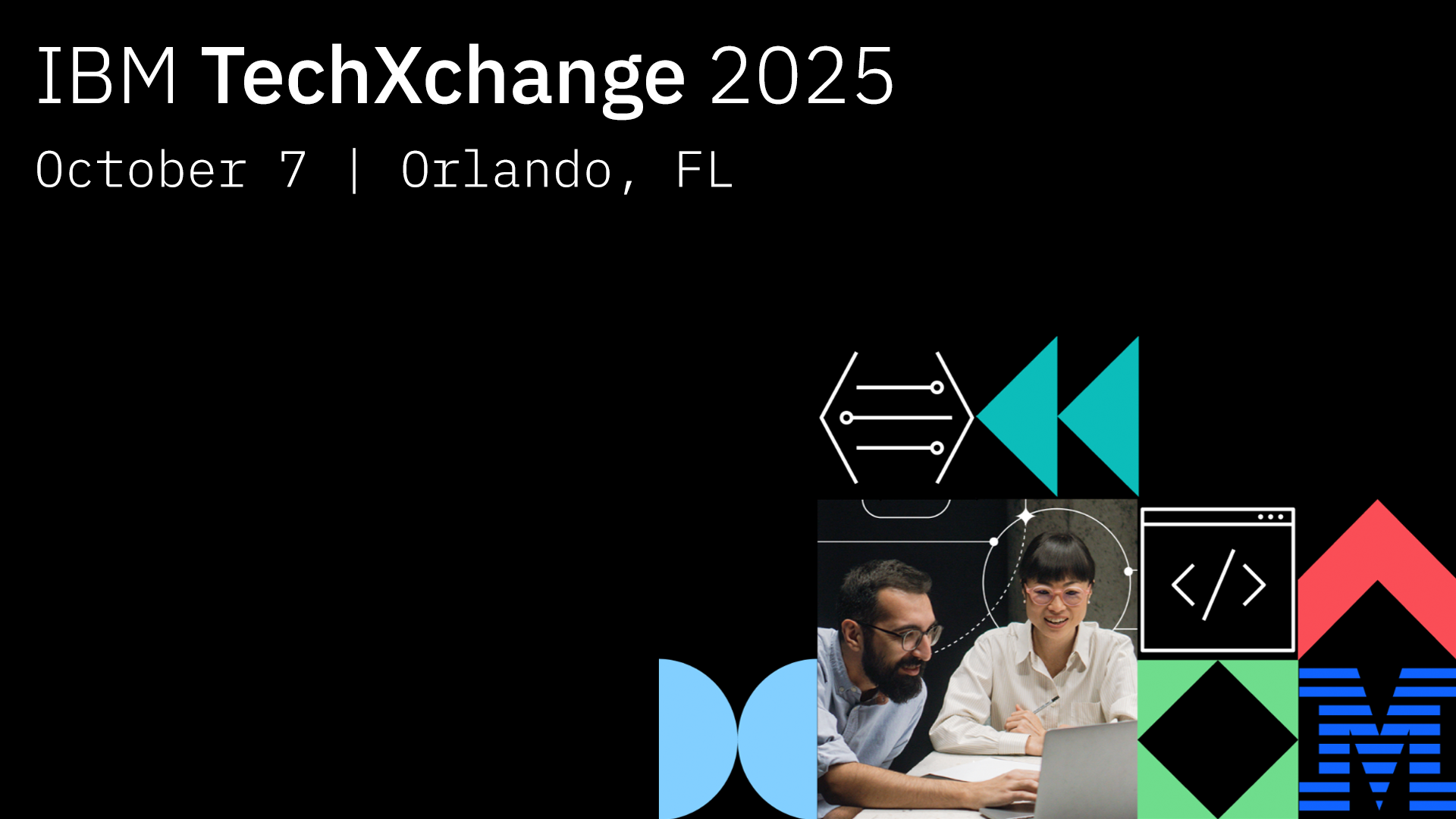IBM Research last week hosted its inaugural Quantum Developer Conference where the company highlighted significant advancements in quantum computing hardware, software, and integration with classical computing.
Building on its 2023 achievements, IBM unveiled updates to its Heron quantum processor, expanded the capabilities of its Qiskit SDK, and reinforced its roadmap toward error-corrected quantum systems by 2029.
These advancements show the growing practicality of quantum technology for scientific and industrial applications. Before looking at what was announced at the conference, it’s instructive to do a quick review of IBM’s quantum computing roadmap to provide context for the announcements.
IBM Quantum Roadmap
IBM’s quantum computing roadmap outlines the company’s strategic plan to advance quantum technology through modular architectures, error correction, and integration with classical systems, aiming to deliver practical quantum solutions by 2029.
Key Milestones:
- 2023:
- Heron Processor: Introduced the Heron quantum processor with 133 qubits, later upgraded to 156 qubits, enhancing performance and scalability.
- Quantum Utility: Demonstrated the ability to execute quantum circuits with up to 5,000 two-qubit gate operations, surpassing classical simulation capabilities.
- 2024:
- Flamingo and Crossbill Prototypes: Developed modular systems connecting multiple Heron chips using l-couplers and m-couplers, facilitating scalable quantum architectures.
- 2025:
- Quantum System Two: Plan to deploy IBM Quantum System Two, a modular quantum computing system designed for scalability and integration with classical computing resources.
- 2029:
- Error-Corrected Quantum Systems: Target to deliver fully error-corrected quantum systems, enabling reliable and large-scale quantum computations.
Strategic Focus Areas:
- Modular Architectures: Implementing modular designs to connect multiple quantum processors, enhancing scalability and performance.
- Error Correction: Developing techniques to mitigate quantum errors, crucial for achieving fault-tolerant quantum computing.
- Quantum-Classical Integration: Integrating quantum processors with classical systems to create hybrid computing environments capable of tackling complex problems.
Key Announcements
During the event, IBM made several key announcements spanning quantum hardware, developer enablement, and the integration of quantum and classical computing.
Quantum Hardware Innovations
- IBM Heron Processor: Upgraded from 133 to 156 qubits, Heron supports up to 5,000 two-qubit gate operations, nearly doubling the gate capacity demonstrated in 2023. Enhanced with a heavy-hex layout and tunable coupler architecture, the processor offers improved fidelity and noise suppression.
- Modular Connectivity:
- Flamingo: Demonstrated proof-of-concept for l-couplers, enabling long-range CNOT gates across chips with promising benchmarks (3.5% error rates for 235ns operations). A production-ready Flamingo chip is expected in 2025.
- Crossbill: A prototype connecting three Heron chips via m-couplers achieved high modular density, a precursor to large-scale quantum systems.
Qiskit Software Enhancements
- Performance Boosts: Achieved over 150,000 circuit layer operations per second (CLOPS), driven by parametric compiling and a next-generation runtime engine.
- New Tools for Developers:
- Qiskit Transpiler Service: Optimizes quantum circuits using AI.
- Qiskit Code Assistant: Simplifies quantum code generation with IBM Granite-based generative AI models.
- Qiskit Serverless: Facilitates hybrid quantum-classical workloads.
- Qiskit Functions Catalog: Offers services from partners like Algorithmiq and Qedma to improve error mitigation and simplify algorithm development.
Progress Toward Quantum Utility
- IBM showcased 50x faster execution of quantum utility experiments compared to 2023, reducing processing times from 112 hours to 2.2 hours.
- Expanded capabilities enable practical modeling of complex problems in materials science, life sciences, and high-energy physics.
Quantum-Centric Supercomputing Vision
IBM emphasized the integration of quantum and classical systems to tackle complex problems:
- RIKEN: Developing hybrid quantum-HPC platforms using Fugaku supercomputer and IBM Quantum System Two.
- Cleveland Clinic: Leveraging quantum simulations for drug discovery and molecular research.
- Rensselaer Polytechnic Institute (RPI): Connecting workloads between AiMOS supercomputer and IBM Quantum System One, advancing quantum-centric supercomputing on a university campus.
Quick Take
IBM’s advancements in quantum utility and hybrid quantum-classical systems pave the way for solving real-world problems at scale for industries requiring high computational complexity, such as pharmaceuticals, materials science, and energy. The demand is there.
The IBM Quantum Developer Conference 2024 showcased advancements that strengthen the bridge between quantum and classical computing while setting the stage for transformative applications across industries. There’s no question that IBM is a leader in making quantum computing a practical tool for solving real-world problems, a position the company solidified at the event.





